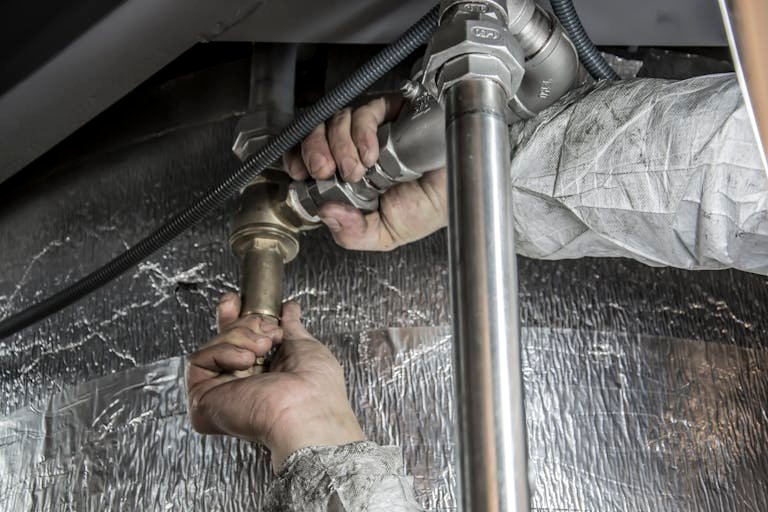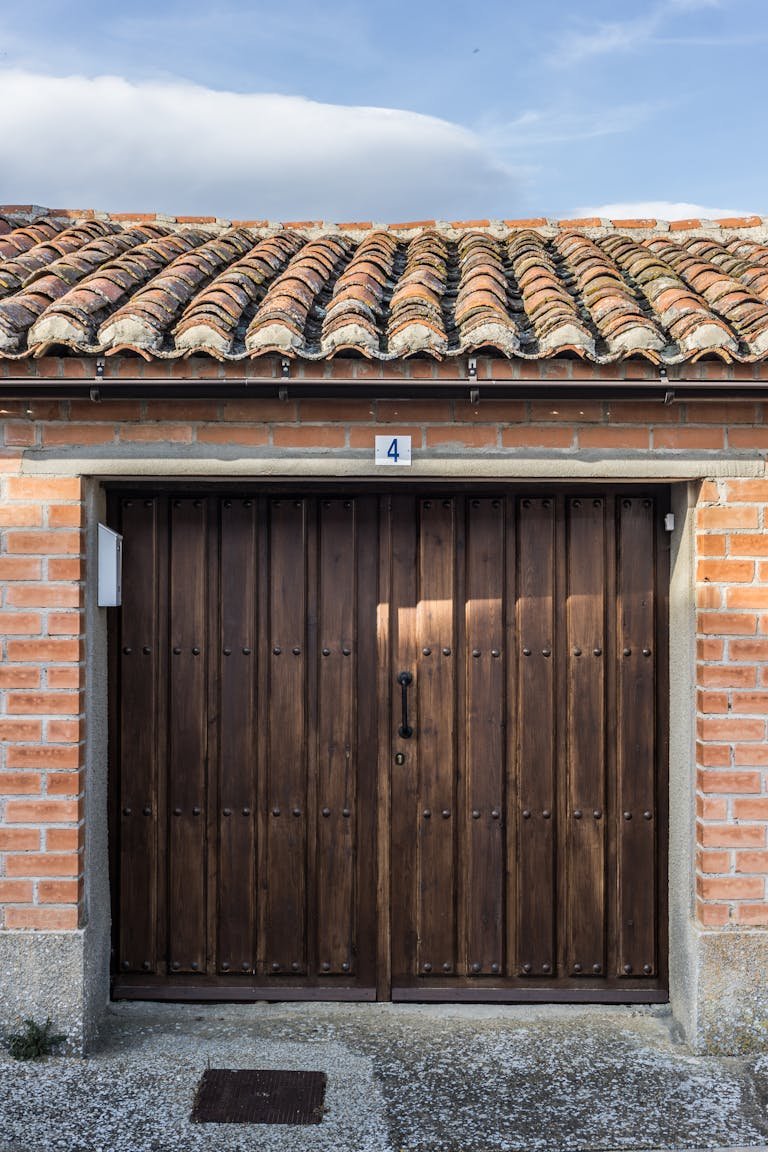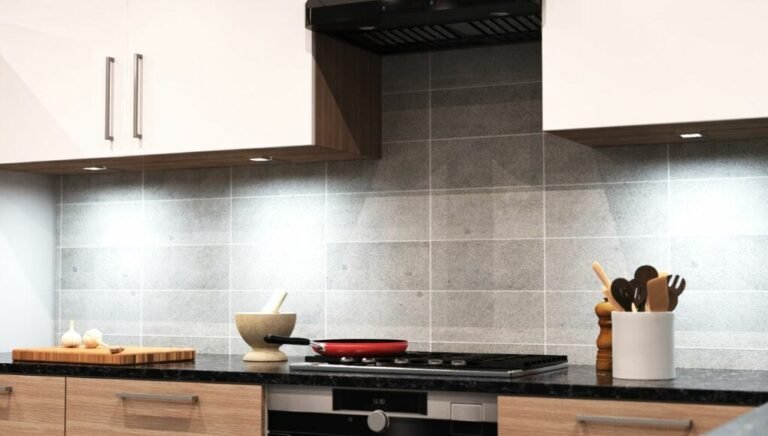Skylights and roof windows bring natural light, ventilation, and a sense of openness to indoor spaces, enhancing aesthetics and functionality. Installing these features, however, is more complex than cutting a hole in the roof and fitting a window; it requires careful planning, structural considerations, and waterproofing to ensure the installation is safe, durable, and leak-free. Roofing contractors play a key role in installing skylights and roof windows, handling everything from planning and structural integrity to sealing and insulation. We will explore the essential functions that roofing contractors from Elevate Roofing Pros LLC perform while installing skylights and roof windows and why their involvement is critical for a successful outcome.
Role of a roofing contractor in installing skylights and roof windows
- Evaluating the Roof Structure and Placement
A roofing contractor’s first task when installing a skylight or window is evaluating the roof structure to determine suitable placement. A skylight’s location affects the amount of natural light entering the room and the roof’s overall integrity. Contractors assess the roof’s layout, slope, and orientation to decide where a skylight or roof window can be safely and effectively installed. For instance, a skylight on a north-facing slope may provide softer, indirect light, while a south-facing installation could maximize sunlight.
Contractors also evaluate potential obstructions within the roof structure, such as rafters or electrical wiring, that might impact placement. In some cases, structural reinforcements may be necessary to accommodate the weight of the skylight without compromising the roof’s stability. This assessment ensures that the skylight is positioned optimally for light and ventilation while maintaining the roof’s structural integrity. By thoroughly evaluating the roof and determining the best placement, roofing contractors help homeowners achieve a functional and aesthetically pleasing skylight that aligns with the home’s architectural design.
- Ensuring Proper Waterproofing and Sealing
Waterproofing and sealing are critical to installing skylights and roof windows, as any gaps or weaknesses can lead to leaks and water damage over time. Roofing contractors ensure that the skylight is integrated seamlessly into the roof, creating a watertight barrier that prevents moisture from seeping in. This process involves installing flashing around the skylight, which acts as a protective layer to direct water away from the window edges.
Flashing installation is a meticulous process that requires precision to ensure complete coverage. Contractors use specially designed flashing kits that are compatible with the skylight model and install them to match the slope and material of the existing roof. Sealants are also applied around the edges to reinforce the waterproof barrier. By carefully installing flashing and sealants, roofing contractors prevent leaks that could lead to mold, rot, or damage to the roof structure. This step is essential in ensuring that the skylight installation is durable and resistant to the elements, providing peace of mind for homeowners.
- Addressing Insulation and Energy Efficiency
Energy efficiency is important when installing skylights and roof windows, as these openings can impact the home’s insulation. Poorly insulated skylights can allow heat to escape in the winter and enter in the summer, leading to higher energy bills and discomfort. Roofing contractors ensure that insulation is properly addressed during installation to maximize the skylight’s energy efficiency.
Contractors select skylight models with insulated glass or glazing that meets energy standards and insulates the frame to minimize thermal transfer. Proper insulation around the skylight prevents drafts, reduces energy loss, and maintains a stable indoor temperature. By focusing on insulation and energy efficiency, roofing contractors help homeowners enjoy the benefits of natural light without compromising comfort or increasing energy costs. This attention to energy efficiency makes skylights and roof windows a sustainable addition to the home.
- Managing Structural Modifications
In some cases, installing a skylight or roof window may require structural modifications to the roof. Roofing contractors assess the roof’s framing and support systems to determine whether any changes are needed to accommodate the installation safely. For instance, large skylights may require the removal or repositioning of rafters to fit within the roof structure, a process that must be done carefully to avoid weakening the roof.
When structural modifications are necessary, contractors may reinforce the area by adding headers or additional support beams to maintain stability. They also ensure that any modifications meet building codes and safety regulations, providing a safe, secure installation that doesn’t compromise the roof’s integrity. By managing structural changes with precision, roofing contractors allow homeowners to install skylights of various shapes and sizes without risking the stability of their roofing system.
- Integrating Ventilation and Indoor Comfort
In addition to providing natural light, skylights and roof windows can enhance ventilation, improving indoor air quality and comfort. Ventilated skylights allow warm air to escape, which can help regulate indoor temperatures and reduce reliance on air conditioning. Roofing contractors consider the ventilation needs of the space when selecting skylights or roof windows, offering options that provide both light and airflow.
Contractors install ventilated skylights with mechanisms that allow for easy opening and closing, ensuring they operate smoothly and securely. In areas like bathrooms or kitchens, where humidity can be high, a ventilated skylight can help reduce moisture buildup, prevent mold growth, and maintain a healthier indoor environment. By integrating ventilation into the skylight installation, roofing contractors create a comfortable and functional indoor environment, adding value to the living space and enhancing the benefits of natural light.
- Conducting Quality Assurance and Final Inspections
The final stage of skylight and roof window installation involves a thorough inspection to ensure that every aspect of the installation meets quality standards. Roofing contractors conduct a detailed quality assurance check, inspecting the skylight’s seals, flashing, insulation, and structural integrity. This inspection confirms that the skylight is fully waterproof, securely fitted, and free from any installation issues that could lead to future problems.
Contractors may test the skylight’s ventilation features to ensure proper functionality and check the installation’s alignment and appearance to verify that it blends seamlessly with the roof’s design. Any adjustments needed to improve fit or function are addressed before finalizing the installation. By conducting these quality checks, roofing contractors ensure that the skylight is safe, durable, and can provide the desired benefits. This final step gives homeowners confidence in their skylight installation’s longevity and reliability.
Roofing contractors play a central role in successfully installing skylights and roof windows, handling everything from structural assessment and placement to waterproofing, insulation, and final inspections. Through careful planning and attention to detail, contractors ensure that skylights are functional and durable, providing natural light and ventilation without compromising the roof’s integrity. By working with a skilled contractor, homeowners can enjoy the benefits of a well-installed skylight or roof window, enhancing their living space with natural light, improved ventilation, and aesthetic appeal. This professional approach to skylight installation delivers a lasting, high-quality addition to the home, bringing beauty and functionality to any space.







